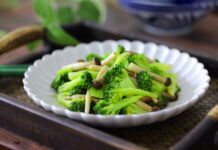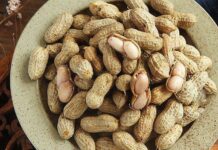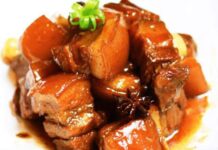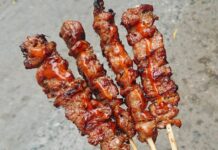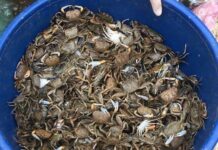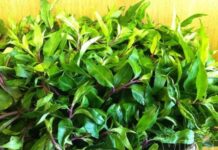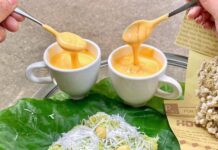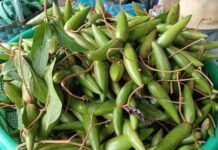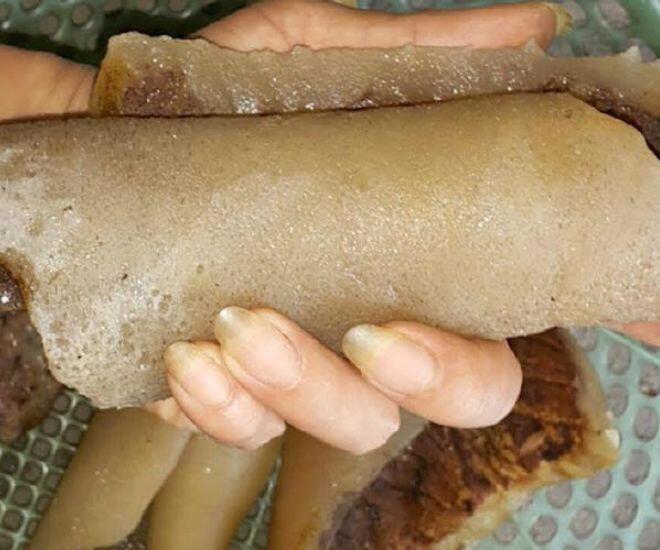
Exploring the Unique Cuisines of Vietnam’s Ethnic Minorities
In the vast northwestern region of Vietnam, home to a diverse range of ethnic minority groups, each community boasts its own distinct culinary traditions. In the past, when a buffalo was slaughtered, each family would cure a piece of its hide for future use. Today, buffalo hide dishes are a popular offering at local restaurants in the region.
While the Thai people are renowned for their fermented buffalo hide salads, the Muong community takes pride in their unique preparation of ‘mon cooked with dried buffalo hide’. This dish is a testament to their ingenuity and culinary expertise, featuring prominently in both festive celebrations and everyday meals.
The Muong people’s signature dish, ‘mon cooked with dried buffalo hide’, involves a meticulous and laborious preparation process that demands patience and expertise. Key ingredients include dried buffalo hide, ‘mon’ (a type of taro), mac khen (a native spice), ginger, wild tomatoes, unripe papaya, fermented rice paste, and an array of distinctive mountain spices.

The primary ingredient, buffalo hide, undergoes a lengthy smoking process, hung over the kitchen hearth for 5 to 6 months until it transforms into a dark, hardened state. Once removed, these seemingly lifeless hides are carefully charred over hot coals for 15-20 minutes, skillfully removing the soot, scraped clean, blanched for 2 minutes, and then chopped into bite-sized pieces. Incredibly, these tough, dried hides are then simmered for an astonishing 6 to 8 hours, rendering them tender, buttery, and ready for the next stage of cooking.
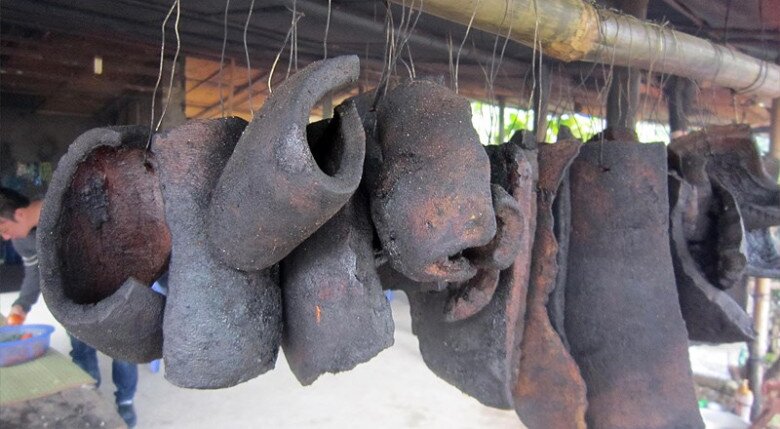
Alongside the buffalo hide, ‘mon’ (taro) is another indispensable component. This aquatic plant, belonging to the aroid family, thrives in moist environments near ponds, streams, and perennial water sources. The Muong believe that to ensure the dish’s optimal flavor and avoid any irritation, young ‘mon’ leaves must be hand-picked without the use of knives. Carefully selected ‘mon’ plants are cleaned, bundled, and added to the pot along with the tenderized buffalo hide.
Once the buffalo hide and ‘mon’ leaves have softened, the cook swiftly pounds wild tomatoes, unripe papaya, and fermented rice paste, incorporating them into the pot. This mixture is further cooked until the ‘mon’ leaves dissolve, creating a thick, luscious concoction. Finally, a skillful blend of spices, including fish sauce, salt, ginger, mac khen, chili peppers, and kịa forest leaves, is added to impart an irresistible aroma that tantalizes the senses.

The dish ‘mon cooked with dried buffalo hide’ presents a symphony of flavors, unlike anything else. It boasts the distinctive buttery taste of tenderized buffalo hide, the pungent spiciness of mac khen, a subtle bitterness from the unripe papaya, and a refreshing tinge of ‘mon’ on the palate. Together, they create a memorable culinary experience, embodying the essence of northwestern Vietnam’s mountainous terrain.
Beyond its culinary delights, ‘mon cooked with dried buffalo hide’ is also revered as a therapeutic dish. Buffalo hide is naturally rich in calcium, gelatin, keratin, and protid, offering a blend of sweet and savory notes. When combined with taro and natural spices, the dish becomes a source of natural collagen and vitamins, enhanced by the bitter notes of papaya and the aroma of he (mac khen) and kịa forest leaves. This dish is believed to benefit those with bone and joint ailments, promote healthy skin, and even offer anti-cancer properties.
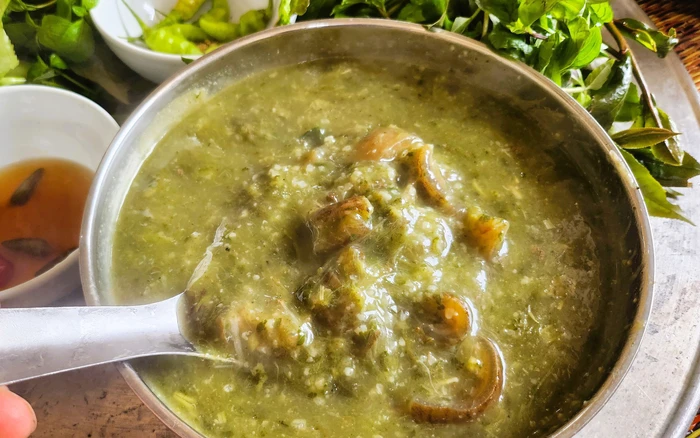
For the Muong people of Hoa Binh, ‘mon cooked with dried buffalo hide’ is not a rare delicacy but a familiar staple in their daily diet, reflecting their deep connection to natural ingredients and culinary heritage. On chilly winter days, savoring a warm bowl of this hearty stew with steamed rice in a cozy setting is an unforgettable experience for any visitor.
The intricate process of sourcing ingredients, the painstaking preparation, and the dish’s remarkable health benefits have elevated ‘mon cooked with dried buffalo hide’ to a cultural emblem of the Muong people’s culinary tradition. This dish not only enriches Vietnam’s culinary landscape but also beckons travelers to delve into the vibrant culture and authentic way of life of the Muong community on their journey through northwestern Vietnam.











